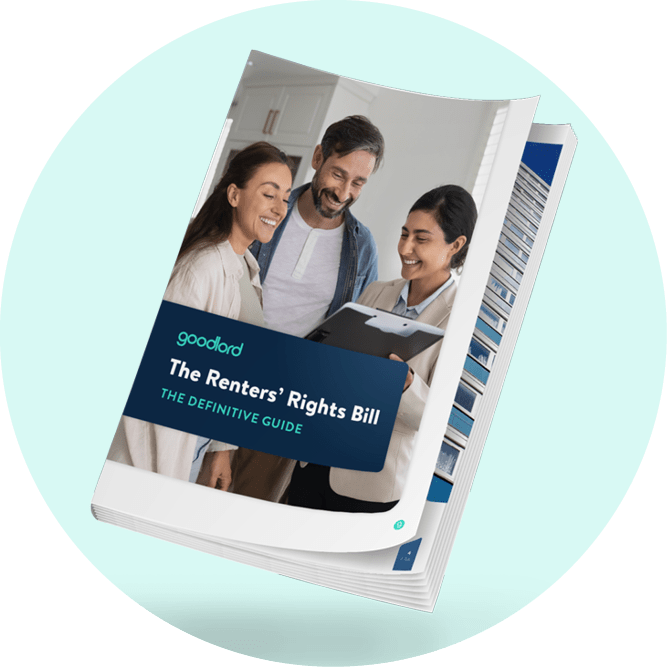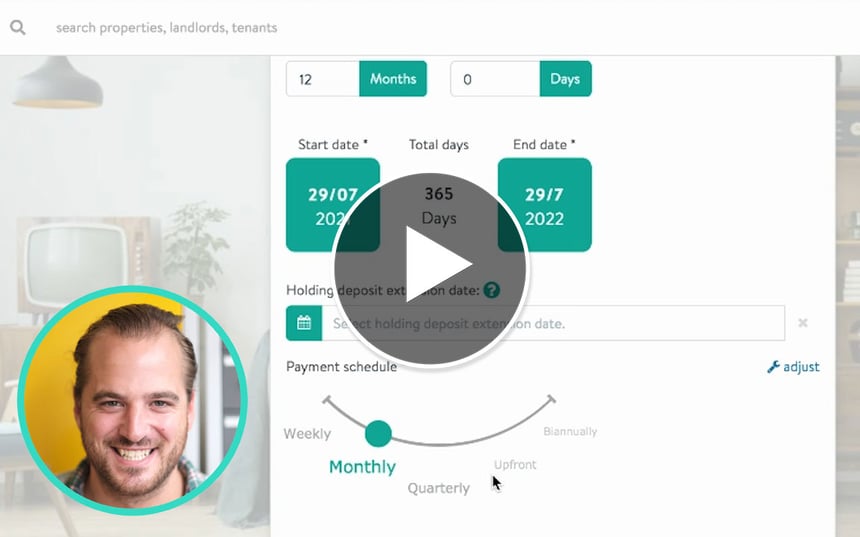Your guide to the proposed new planning permission rules for short-term lets in England
A new consultation will delve into government proposals to change planning permission rules for short-term and holiday lets in England.
The government has announced a consultation that will run until 7 June 2023 on introducing new planning permission rules to convert dwellings into short-term lets in England. The proposals aim to "help local areas have greater ability to control any future increase in the number of short term lets".
These new proposals will sit alongside plans to create a register for short-term lets and the steps that the government has already taken to tighten the requirements around accessing business rate relief on short-term lets.
What new short-term let planning measures have been proposed?
The Department for Levelling Up, Housing and Communities has proposed introducing new "permitted development rights" for an existing home to be used as a short-term let. It will also consider views on potential application fees for new-build short-term lets.
Currently, short-term lets would fall under the "C3 dwellinghouses" class. However, this doesn't take into account if the property is a sole or main home, or whether it's used for personal or commercial use.
A new use class of "C5 Short Term Let" will therefore be introduced, under the proposals. When this new class is launched, existing properties will fall into this category if they meet the definition of a short-term let property.
What's the definition of a short-term let property?
The consultation has proposed the definition of a short-term let property as a "dwellinghouse that is not a sole or main residence for temporary sleeping accommodation for the purpose of holiday, leisure, recreation, business or other travel."
This means that letting out rooms in a "sole or main" residence won't be affected by this change to the use class.
How flexible are these new rules expected to be?
The proposals highlight that the measures will be flexible for regions where short-term lets are not considered a local issue. However, that flexible approach could be removed by the local authorities if short-lets become a "local concern."
The proposals also aim to extend that flexibility to short-term let properties that would like to revert to the long-term rental market or become available to buy.
Properties may be able to be rented out for between 30 to 90 days before the owner of the home would need apply for permission to change its primary use, under the new proposals.
The government will consult with homeowners to understand how that flexibility could work in practice.
Why are these planning measures being introduced?
The consultation highlights that short-term lets are important for the sharing economy, providing an alternative to hotels or bed and breakfasts and giving homeowners flexibility to rent out their properties short term.
However, it recognises that the high demand for visitor accommodation, particularly in "coastal towns, national parks and some cities", can lead to limited availability of local housing stock and high rents, which can push local residents out of the area.
How many short-term let properties are there in England?
The House of Commons briefing paper states that, in September 2021, 148,000 properties were registered for short-term let on online platforms.
The response to the Department for Culture, Media and Sport's call for evidence found that AirBnB listings in the UK rose by a third between 2017 to 2018, to 223,000 - with a "plausible estimate" of 257,000 short let properties available in 2022.
This article is intended as a guide only and does not constitute legal advice. For more information, visit gov.uk.









